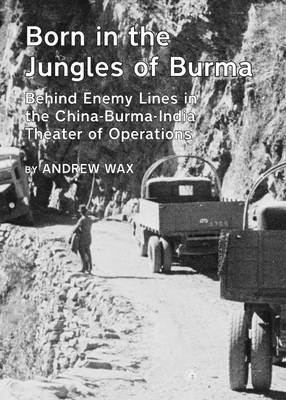This researcher examined the evolution of warfare in an unforgiving environment, necessitating an innovative method of warfare never attempted on a large scale. It details the early history of air supply and support near the end of WWI up to and including the war in Europe in 1939 and the expanding war in Asia following the December 1941 Japanese attack on Pearl Harbor and subsequent offensives in southeast Asia. The China-Burma-India Theater (CBI) became an important component of Allied efforts.Low in Allied priority, the difficulties encountered by the Southeast Asia Command (SEAC) increased. Burma, a British colony, was a region with few all-weather roads; the only rail lines available were in enemy hands 150 miles inside Japanese lines. Temperatures reached 110 degrees Fahrenheit with rainfall as much as 200 inches per year. Additionally, the nearest friendly seaport was more than 500 miles away.The Allied offensive, scheduled for the spring of 1944, incorporated a multi-pronged ground attack on three different Japanese fronts. To achieve success, it was essential to develop the only logical means of sustainability for ground forces: Air Supply and Support.Described herein are the efforts of the United States Army Air Forces (USAAF) and the Royal Air Force (RAF), creating a singularly unique air unit: Air Commando 1. The coordination of Allied tactics and doctrines were worked out with a clear delineation of the chain of command. When Air Commando 1 arrived in India, the framework that became the Allied offensive, codenamed "Operation THURSDAY" was laid.For the survival of soldiers contracting one of the numerous diseases (Burma has the largest number of snakes per square mile) or suffering from combat related wounds and injuries, it was essential to receive quick medical attention. It was in the CBI that SEAC established an effective method of air evacuation that made the difference between life and death.The research unearthed most of the heretofore publicly unknown aspects of the campaign, explored in the author's thesis, which indicate that the first sustained effort of air supply and support deep within enemy-held territory established a vital method of warfare deployed in subsequent wars.
- ISBN13 9781443824149
- Publish Date 10 November 2010 (first published 1 November 2010)
- Publish Status Active
- Publish Country GB
- Imprint Cambridge Scholars Publishing
- Edition Unabridged edition
- Format Hardcover
- Pages 145
- Language English
